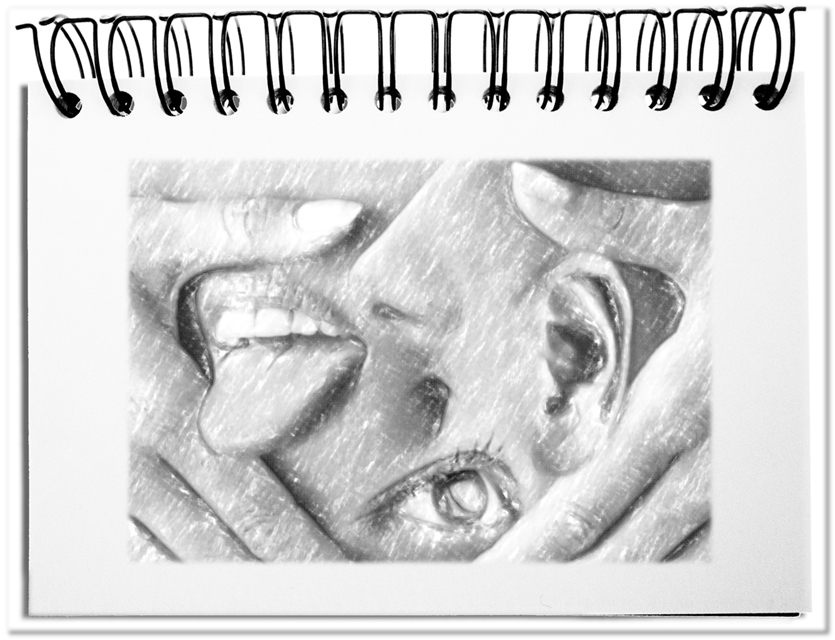As soon as the virtual word of mouth reaches everyone immediately, the contribution of a messenger, the conveyor of the fact or briefly the performance of the traditional media, gets lost. Agencies can’t deploy reporters everywhere at the place of the news. At the same time, there are witnesses everywhere, who can unveil and publish a message with the simplest means – with their mobile phone via Facebook or Instagram. In addition, journalists work according to a certain working standard that requires more time for research. If then the case of a local newspaper becomes known that researched an article extensively that appeared then without indication of source in a nationwide newspaper, one starts thinking. Assuming that the news was not copied word by word and that it was only the message of the actual facts, the question arises, who actually owns the message. The sources that report the circumstances? The journalist, who does the extensive research? The publication medium that publishes the news? The witnesses, who obtain, prepare and publish the content?
Facts are not personal, intellectual creations and therefore per se not worth protecting. However, one could find arguments that suggest the intellectual creation and above all the compensation for the news. For example, the following roles are affected.
- The reporters
There are many perspectives from which a news can be generated. This includes the effort of finding, collecting and evaluating sources in order to eventually condense and prepare the circumstances into a news. Once the message is published, it can be reused as a fact by anyone – unless you simply copy it. The costs accrued for the journalists and their investigations stick to the writer or the agency, while the copy-cats exploit the fact. Does that make reporters creators? - The correspondents
A special type of reporter is the rapporteur, who is located all around the world and represents the editors. The quality of a fact is determined by its completeness, accuracy, up-to-dateness, relevance and traceability (e.g. through several independent sources). Today’s information bubbles and echo chambers amplify opinions. The correspondents integrate with a lot of effort the different reports of reporters in order to work out their own point of view. These expenditures should also be covered by appropriate revenues. Does that make the correspondents creators? - The editors
Due to the flood of hard-to-verify details about a particular event, news have to go through a selection process to separate content from non-content, i.e. filter-out the details that are not reliable enough to reach the status of a fact. The content and political orientation is just as significant for the editors as the need to use the most eventful data. This can lead in the absence of reliable material to quickly using unconfirmed smartphone videos of witnesses – with the corresponding indication that no more reliable material is available. Does the editorial work turn the editors into creators? - The copywriters
A news is first of all a fact that has to be prepared. This begins with the selection of the original sequences and images and continues with the formulation of the message text. The use of flag or stigma words gives EVERY message a tone that rates unnoticed the event – for example, when an assassin of a certain origin is called terrorist, while another is called mentally confused. Even if nowadays the role of the writer is usually part of one of the above roles, texts have to be written. Does that make the copywriter the creator? - The perpetrators
Let’s not forget those that trigger an event. These include politicians, celebrities, organizers, judges, those responsible for accidents, lifesavers and all the others who are worth the news. In a certain sense they are the creators of the news. Without these protagonists, there wouldn’t be any news. Does that make the perpetrators the creators?
The sources, the journalists and the respective medium should on the one hand be appreciated for their contribution and on the other hand the expenses accrued should pay off. The original text is protected by copyright and may not be reused free of charge. To what extent this also applies to the actual fact, their interplay and the resulting insight is difficult to answer. For the news medium, it’s all about survival.
Bottom line: The discussion of copyright has not yet reached the so-called facts. Since the credibility of facts gets frequently questioned, the general understanding is gradually emerging that every fact also contains creative achievement – which could then also become worth protecting. If then more and more individuals open their own channels and even rally an interested fellowship, then the end of the Fourth Power, the Press, arises on the horizon. If facts are treated like goods, they also follow the rules of supply and demand. Then, at the latest, the question will arise: Who actually owns a fact?


